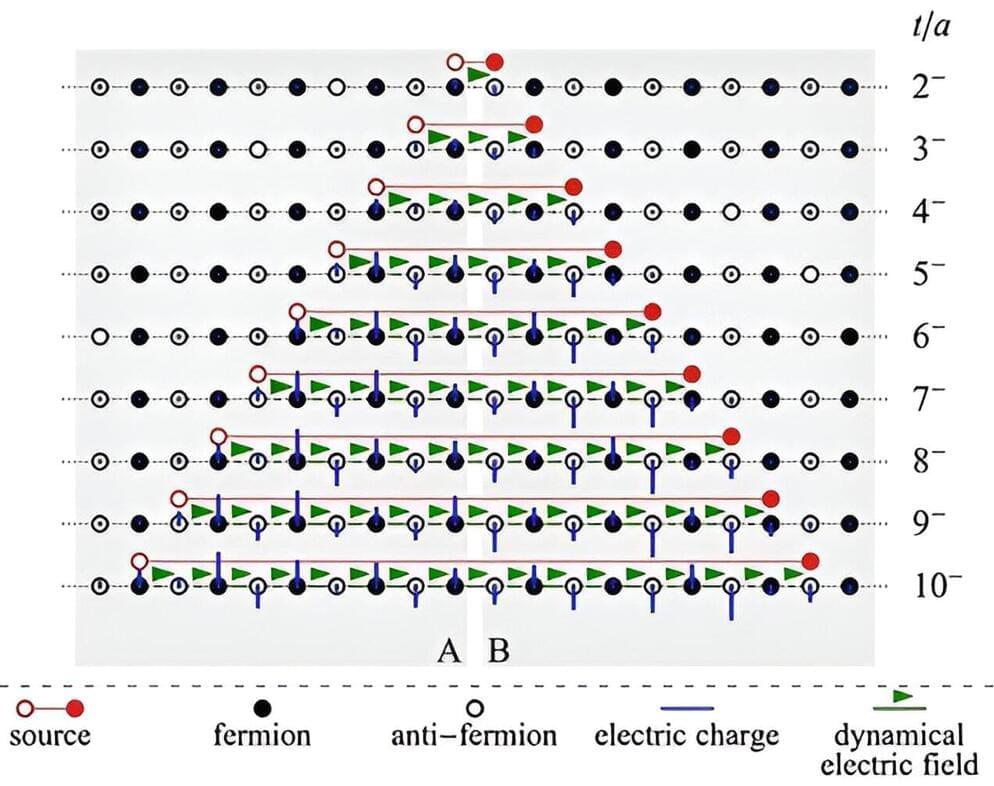OpenAI isn’t ruling out that its forthcoming Sora video generator might create nudity — and that could be bad news for the company.
In a sweeping interview with the Wall Street Journal about the forthcoming tool, OpenAI chief technology officer Mira Murati suggested that the company hasn’t yet figured out the whole nudity thing.
“I’m not sure,” Murati told the WSJ’s reporters when asked about nudity. “You can imagine that there are creative settings in which artists might want to have more control over that. Right now we are working with artists, creators from different fields to figure out what’s useful, what level of flexibility the tool [should] provide.”







